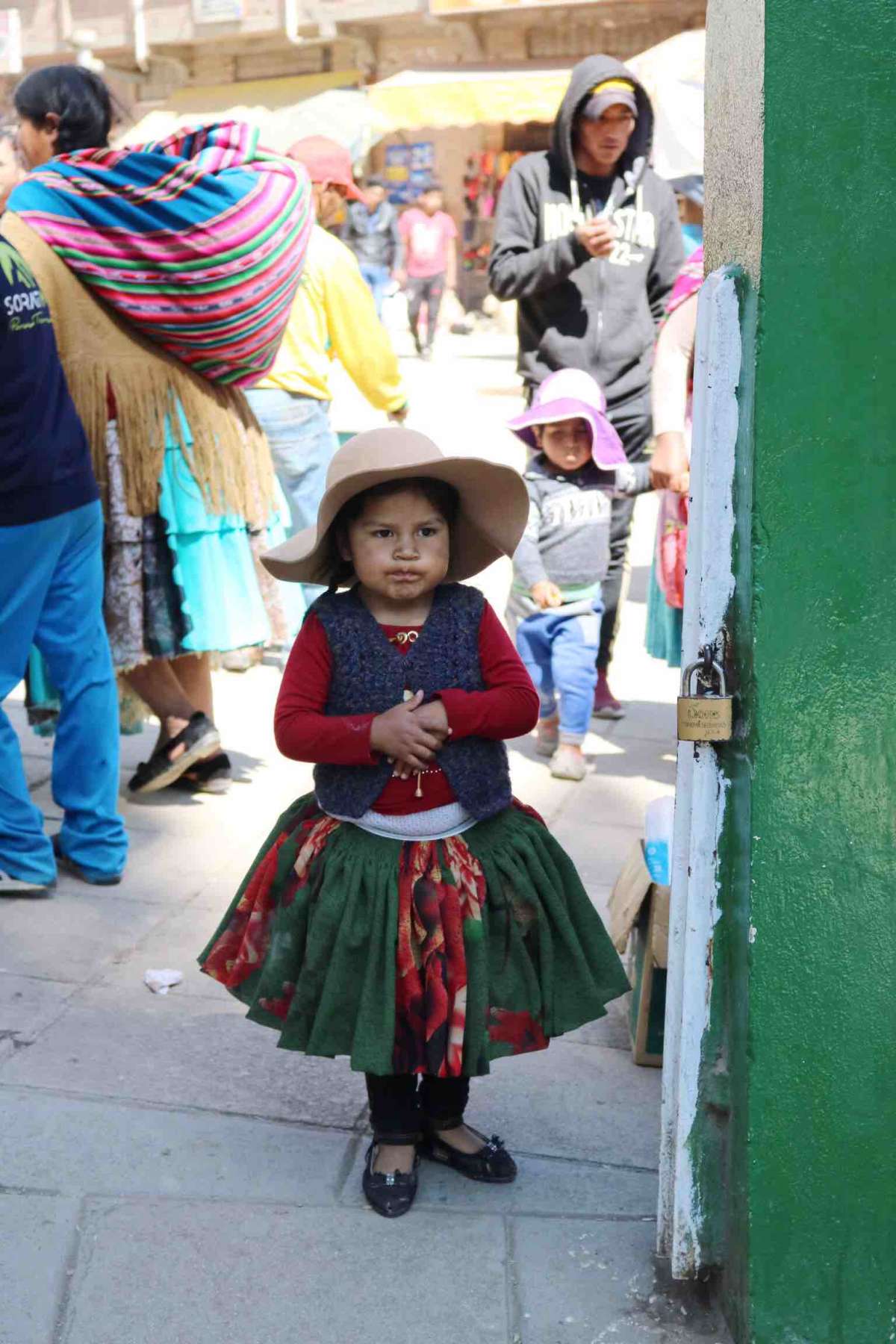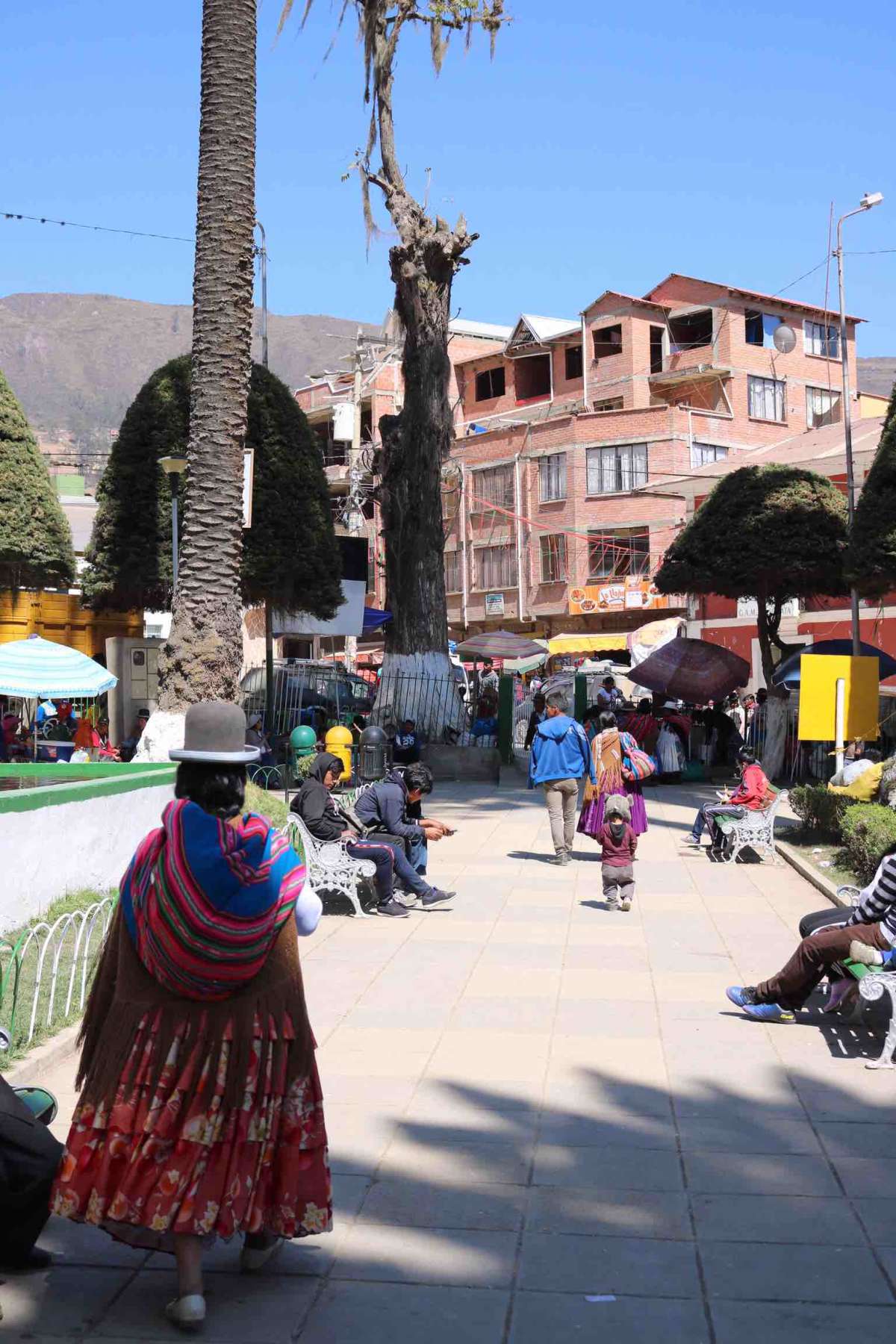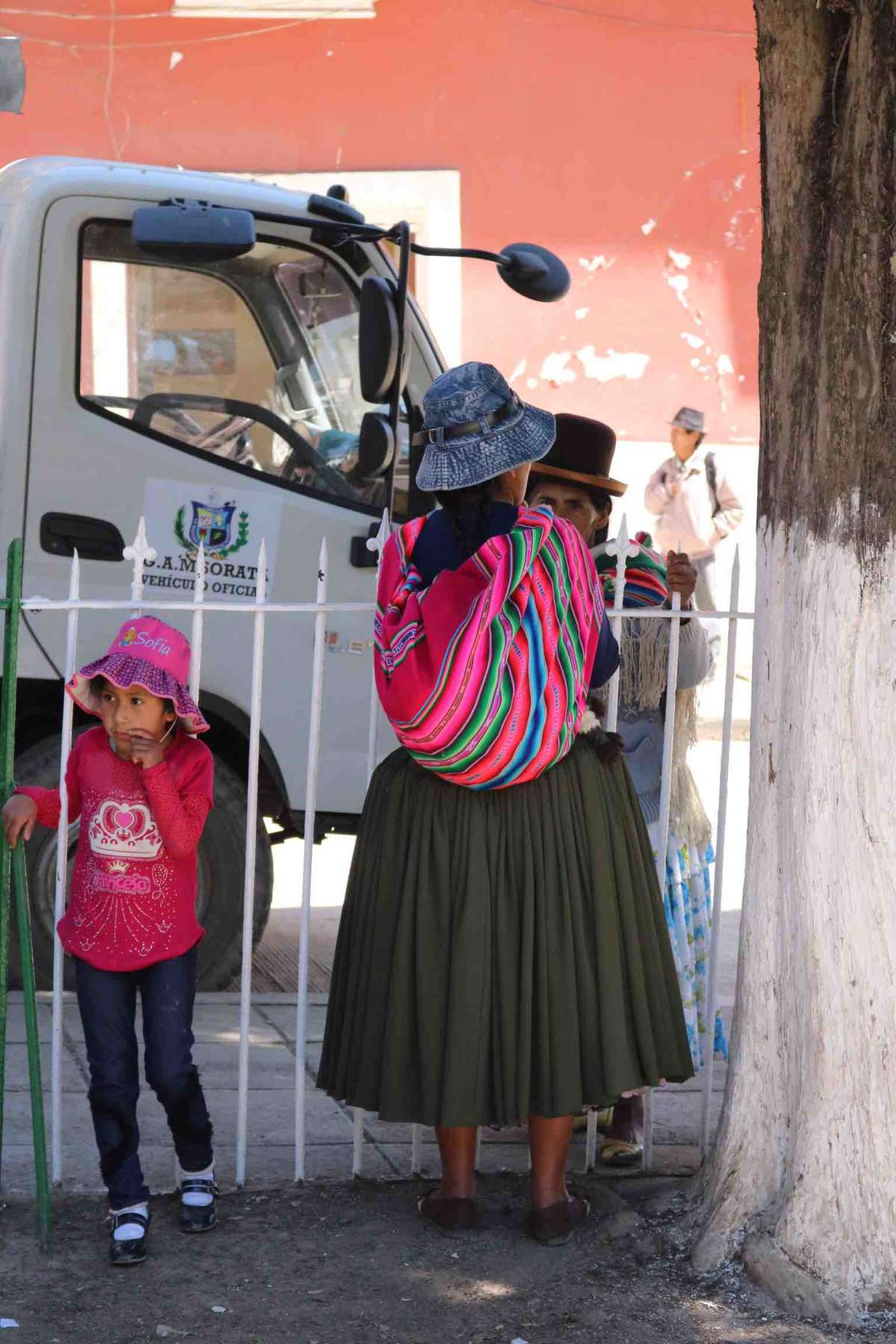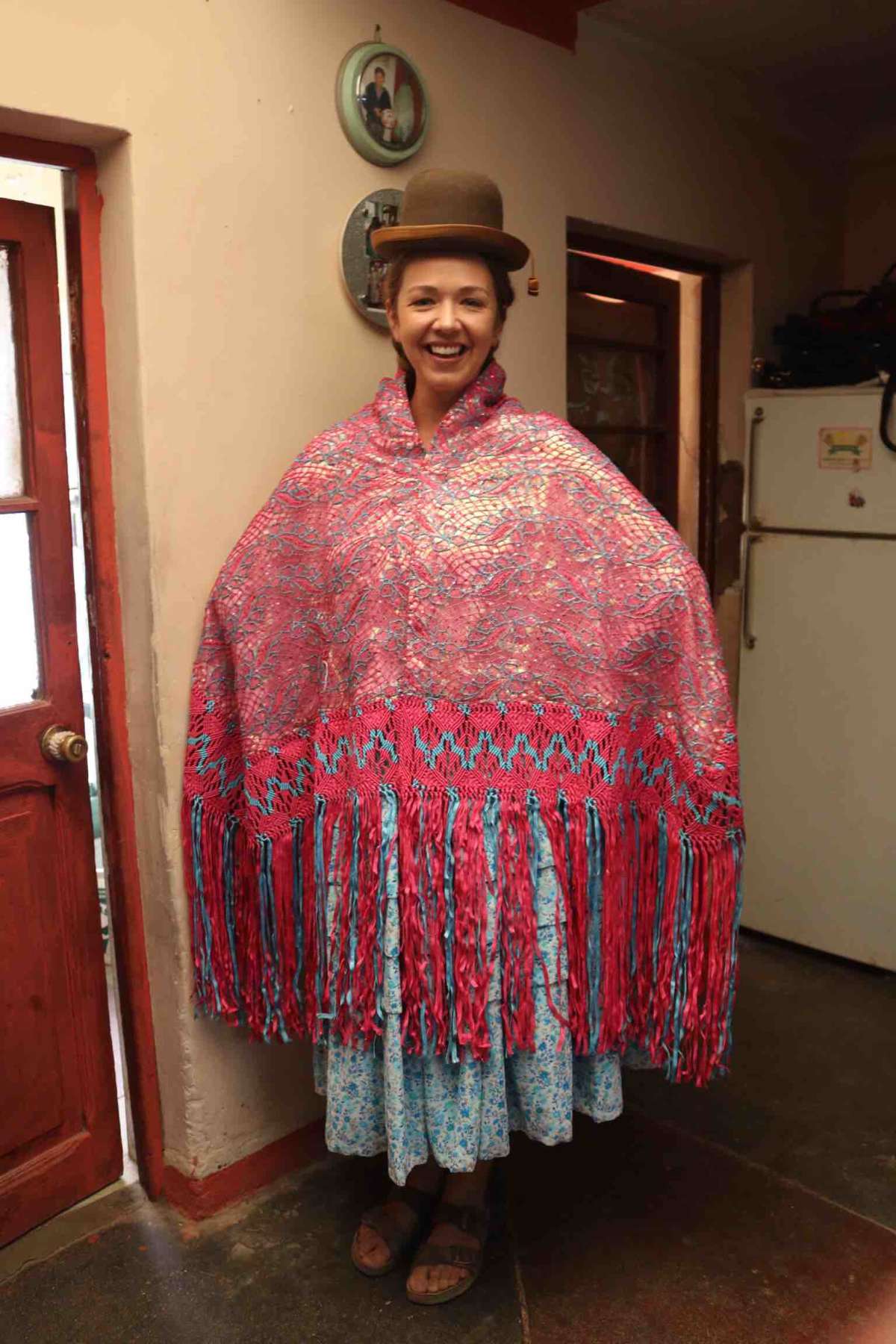Who Are The Cholitas Of Bolivia?
Meet Bolivia’s Aymara and Quechua women

Whilst I spent my junior years dressing up as a Disney princess whenever I got the chance, my girlfriend from a small Bolivian village spent her childhood pretending she was a cholita. After all, these were the women in our respective worlds that possessed poise, beauty and elegance (sorry Mum!).
But that might be about where the similarities stop.
On my first day in Bolivia I too, as a woman in her late 20s, felt the enchantment (some might say obsession, but let’s stick with enchantment for now) of the cholitas. And the more I found out, the more I wanted to learn.
 There is no age that one ‘becomes’ a cholita. Learning the customs from her mother often starts from an early age.
There is no age that one ‘becomes’ a cholita. Learning the customs from her mother often starts from an early age.

What are cholitas?
The word cholla was a derogatory term for someone of mixed race (Spanish and indigenous). Adding an ‘ita’ on the end in South American Spanish either makes something smaller or refers to it with tenderness and so the word ‘cholita’ has been reclaimed by groups of indigenous women.
Most cholitas in Bolivia come from the Aymara or Quechua cultures, two of Bolivia’s 36 recognised indigenous groups. In the mountainous Andean region of La Paz the predominant cultural group is Aymara and nearer Cochabamba you’ll find more people with Quechua ancestory.
With attitudes from the Spaniards colonial rule still remaining, until as recently as 10-15 years ago, Cholitas faced heavy discrimination. They weren’t permitted to be in some public places, they were denied access to services and frequently harassed. They were the bottom rung on the societal ladder.

So what changed?
A few things. The most important is that Bolivia’s first indigenous president came to power in 2012. Despite his (ongoing) contentious public standing, he made changes at an administrative and constitutional level that acknowledged the rights of the first people. He also took a number of measures to promote the revival of indigenous culture such as mandating the learning of indigenous languages within the education system and for those employed in public service positions.
Alongside these advancements another factor that has improved cholitas’ social status is the rise of feminism and changing societal attitudes about the place of women. Although there is still a long way to go, nowadays we have cholitas that are mountaineers, wrestlers, have YouTube channels and are astute business women. These women feel empowered enough to forge ahead with new ventures and career paths previously seen as off limits.

What does a cholita look like?
Skinny is not sexy amongst cholitas. What is sexy is strong muscles for carrying huge loads and big hips for bearing many children. Strength, stature and poise are admirable qualities.
Cholitas can present anyway they like however many of them choose to dress “traditionally”. Quotation marks are necessary because the distinctive dress of the cholitas is only as we know it today because of the Spanish influence. With their arrival came trends from Europe and for the cholitas this displays most obviously in their hats and skirts.
Here are the main pieces of their distinctive attire:
Pollera

A layered skirt made to show off those beautiful hips. In La Paz where the climate is cool, the pollera is long, with many undercoats for more emphasis and to cover the calf, said to be the sexiest part of a cholitas body. In the warmer climates of Cochabamba and Sucre the polleras are knee length and not necessarily layered.
 Racy cholitas in Cochabamba with their short skirts and sunhats.
Racy cholitas in Cochabamba with their short skirts and sunhats.
A too-small bowler hat

It is said that during the colonial period, the Spaniards ordered a huge number of bowler hats from the motherland for the railroad workers. There was a mistake with the order and they all arrived far too small. Not wanting the product to go waste, they gave them to the indigenous women to wear. And so it stuck.
In some communities the way in which the hat is worn can dictate relationship status. Upright on the head is married. To the side is single, divorced, widowed and towards the back is “it’s complicated”. Regardless of position, the hat is not fixed on the head with any clips and keeping it balanced contributes to the cholitas incredible poise.
In sunnier places like Cochabamba and Sucre the bowler hat is swapped out for a wide brimmed sunhat day to day.
Aguayo

Day to day cholitas lug huge loads on their back wrapped in an aguayo, a piece of colourful cloth fastened near their neck. Commonly you’ll find babies wrapped in here, wares for sale, food, firewood. You name it, they can carry it and, in La Paz at least, up very steep streets at quite a pace!
Hair

Most commonly a cholitas hair is long, thick and in two plaits fastened together at the bottom often with extensions called tullmas to weigh it down to encourage growth and make it appear even longer still.
Dressing “traditionally” as a cholita is an expensive exercise and with the resurgence of women reclaiming their indigenous heritage, cholita fashion is now big business.
 One of many shops dedicated to cholita fashion. This one is just for the under skirts.
One of many shops dedicated to cholita fashion. This one is just for the under skirts.
Having learned all this – and more – about these women, I sure know who had the better childhood heroine and she most certainly doesn’t need a Prince Charming to affirm her place in the world!
 And I got to realise all my cholita dress up dreams!
And I got to realise all my cholita dress up dreams!